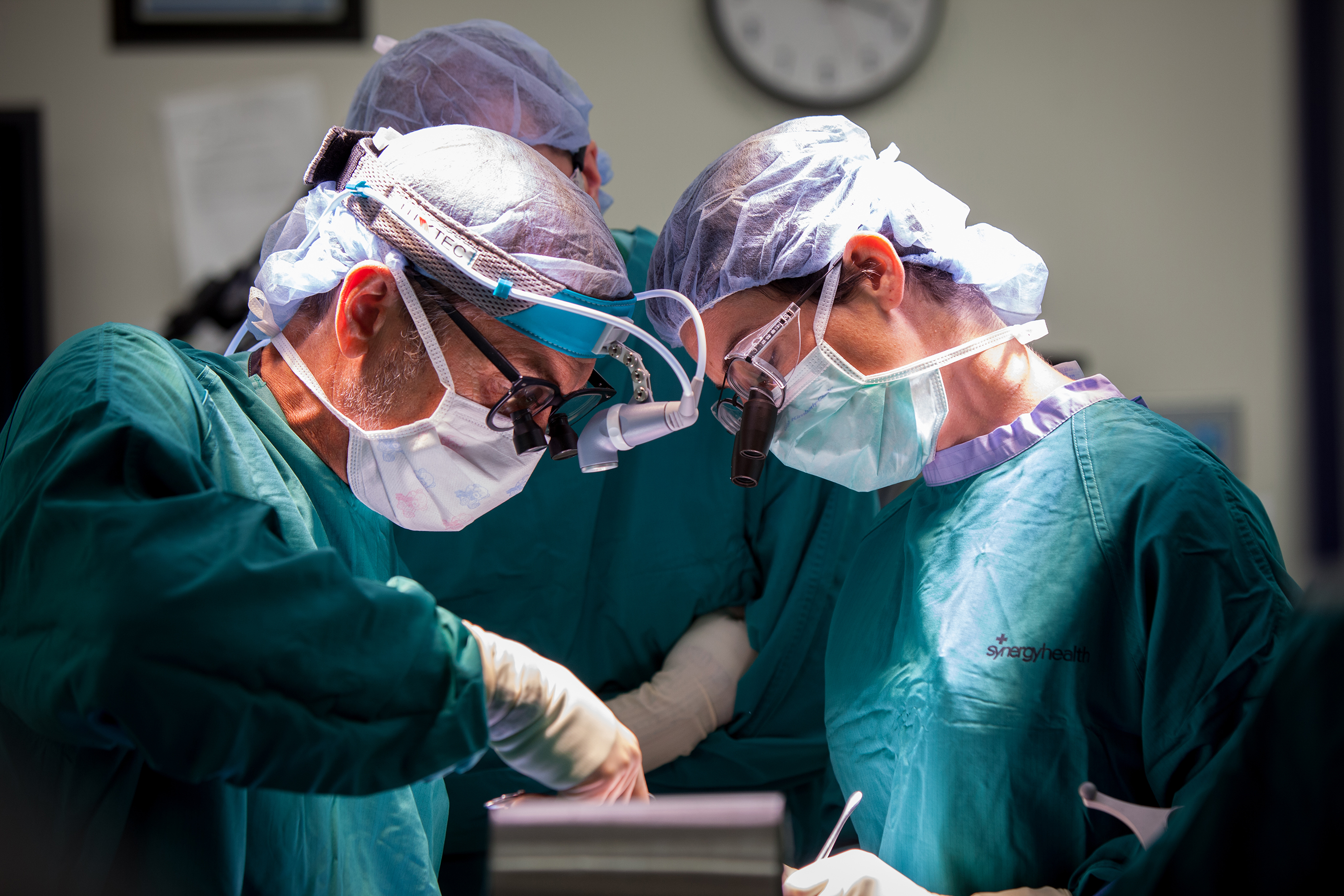Congenital conditions such as spina bifida, hydrocephalus, and Chiari I malformation are generally considered the domain of pediatric neurosurgeons and other pediatric providers. Naturally, many patients with these conditions ‘graduate’ from pediatric hospitals still needing medical and surgical specialty care through their early adulthood and beyond.

“Adult neurosurgeons and other providers taking care of these patients rarely have much experience with these conditions,” remarked Douglas Brockmeyer, MD, a pediatric neurosurgeon specializing in spine and skull base procedures. “Because so few adult providers care for these patients, their conditions are often ignored and can sometimes become disabling. They end up disenfranchised, disorganized, and at the mercy of the medical systems in place.”
“Someone with the proper knowledge and skills needs to provide care for these patients,” Dr. Brockmeyer said. “Since there is no clear home for patients like these, and the providers taking care of them need to be familiar with the pathology, I realized that I was going to have to be the one to do it.” To bridge the gap, a decade ago Dr. Brockmeyer and Paula Peterson, NP, along with several other colleagues, put together a Transition to Care clinic for adult patients with spina bifida.

Dr. Brockmeyer shared, “Two patient populations have found a home in these clinics: those who have recently ‘graduated’ from established pediatric-based programs and those who haven’t had care in a long time. We have a wide variety of patients that come in. I have seen everyone from 18-year-olds to 70+-year-olds. Some patients have known problems and diagnoses, and others simply experience symptoms but were never diagnosed.”
“It’s a labor of love. Much of the care is non-procedural, and we operate on a shoestring budget with no wider hospital support,” Dr. Brockmeyer says. “It’s worth it to me to help these patients who would otherwise be overlooked.”
So, despite obstacles, he and the rest of the team persist; they now meet with patients four times a month.

Over the years, and with the success of the initial clinic, the team has expanded to three clinics that include other congenital conditions, one for congenital spine problems and one for Chiari and craniovertebral junction conditions. Both clinics have large catchment areas that cover Utah, Idaho, Colorado, Wyoming, and Nevada.
The clinics provide an opportunity for patients who would otherwise go without care to speak with doctors, therapists, and physician assistants who are experts in their conditions. When necessary, patients can also get referrals to other doctors who can provide different types of care not available in the clinics. “We speak the language of both the patient and of other providers,” Dr. Brockmeyer says, “so we

can fill the gap for patients who would otherwise be ignored or written off by doctors who don’t understand their conditions or symptoms.”
The care Dr. Brockmeyer and the rest of the team have enriches the lives of a very deserving population.
